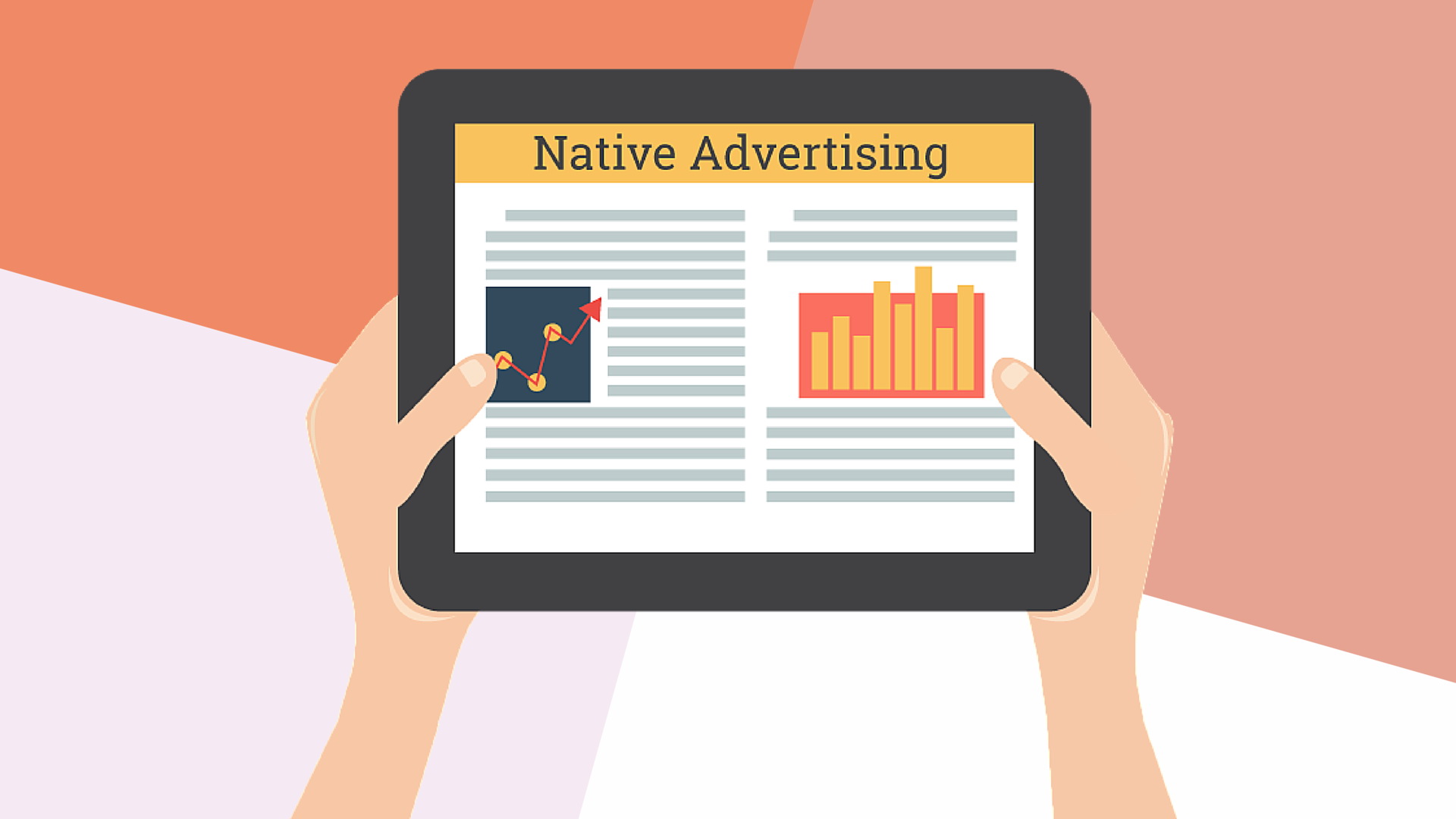LONDON: Native advertising offers real benefits for both consumers and marketers as long as it is developed and deployed correctly – and eight critical elements underpin campaign success, according to a leading research analyst.
In a WARC best practice paper that explores the native landscape in depth, Rebecca Lieb recognises that planning and executing a native campaign can appear daunting.
Potential confusion around content strategy, internal roles, channel selection and other issues can make the task seem difficult, but she says brands stand to gain from incorporating a series of key recommendations into their planning.
Firstly, brands must recognise that transparency, disclosure and trust are essential for successful native campaigns, especially as many publishers are still not full adhering to official guidelines.
“It is absolutely imperative that all parties err on the side of caution,” Lieb says, adding that a placement must disclose that it is commercial in nature, with links to policies that govern such placement and a channel for inquiries.
Planners are also advised to produce governance documents for their content, covering everything from tone and brand to messaging and copy guidelines.
In addition, all content should be “modular”, so it can be decoupled for use in other contexts, channels and platforms.
Collaboration between internal departments, agencies and vendor partners is also important to ensure the brand message or story is not fragmented across social and other platforms.
Fourth, native advertising is an example of converged media, so factoring in ways to share or otherwise amplify the ad or message can contribute greatly while also extending the reach of the campaign.
Related to, but distinct from, adding an earned component to native advertising campaigns is to ensure the content or creative can, wholly or in part “travel to other platforms to amplify messaging and increase awareness,” Lieb explains.
Staff training, her sixth recommendation, is also important and she says that should include everyone from ad sales teams through to creatives, account management teams and others in the organisation.
Seventh, Lieb says the ability to scale is the most challenging aspect of native advertising – and one that tech companies are working to address – but brands must recognise that advertising campaigns executed with digital publishers and/or social media platforms are usually “exclusive” and cannot be reduplicated elsewhere.
Finally, measurement needs to be built into the planning process with an appreciation that each platform has its own unique user base and native behaviours.
For example, “a tweet is fleeting, while a Pinterest pin lasts until the owner of the account takes it down,” she says, so calls to action and other measurement techniques can help to track the ROI of native advertising campaigns.
___
source: WARC


